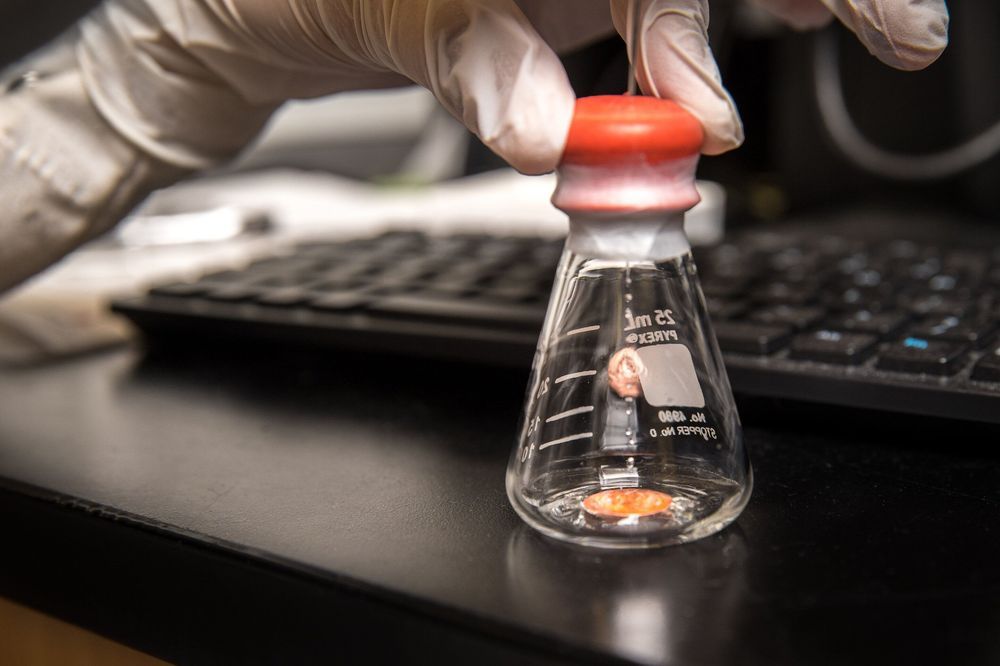A research team led by the University of California San Diego has discovered the root cause of why lithium metal batteries fail—bits of lithium metal deposits break off from the surface of the anode during discharging and are trapped as “dead” or inactive lithium that the battery can no longer access.
The discovery, published Aug. 21 in Nature, challenges the conventional belief that lithium metal batteries fail because of the growth of a layer, called the solid electrolyte interphase (SEI), between the lithium anode and the electrolyte. The researchers made their discovery by developing a technique to measure the amounts of inactive lithium species on the anode—a first in the field of battery research—and studying their micro- and nanostructures.
The findings could pave the way for bringing rechargeable lithium metal batteries from the lab to the market.
